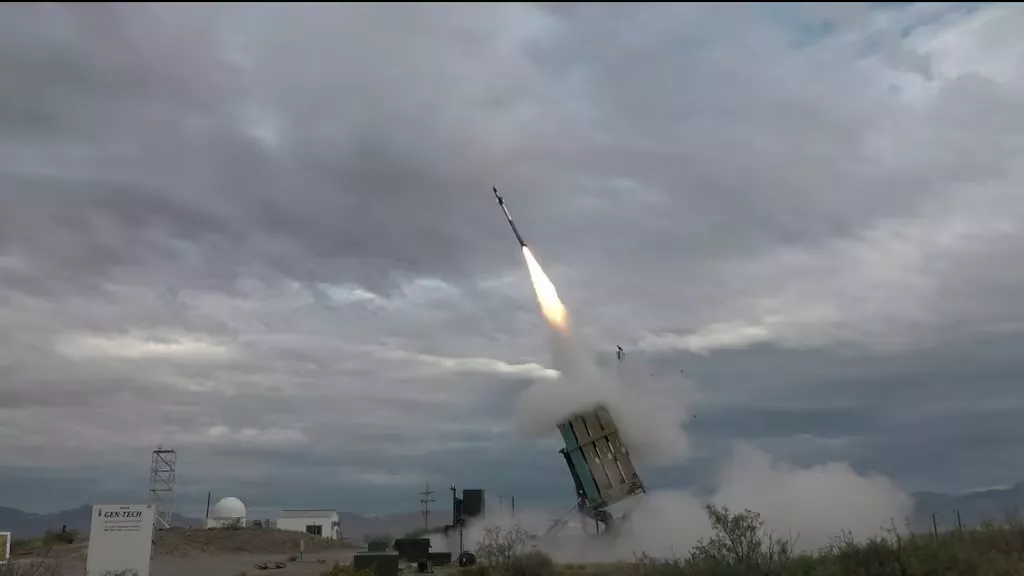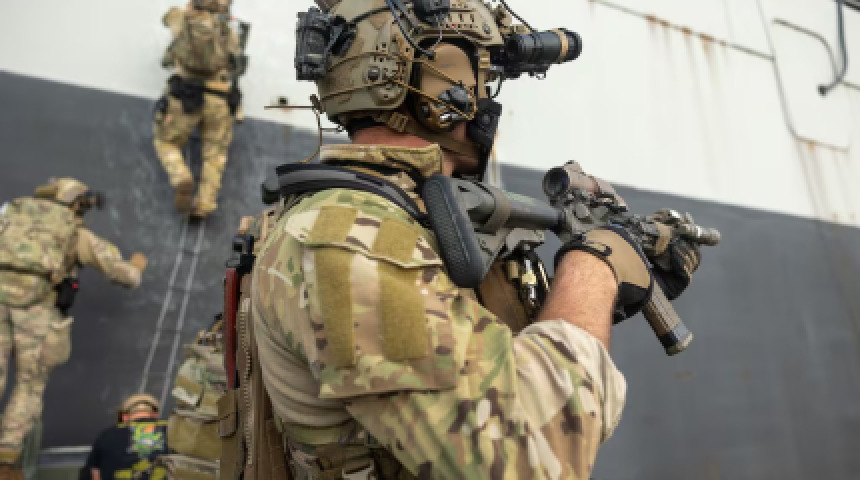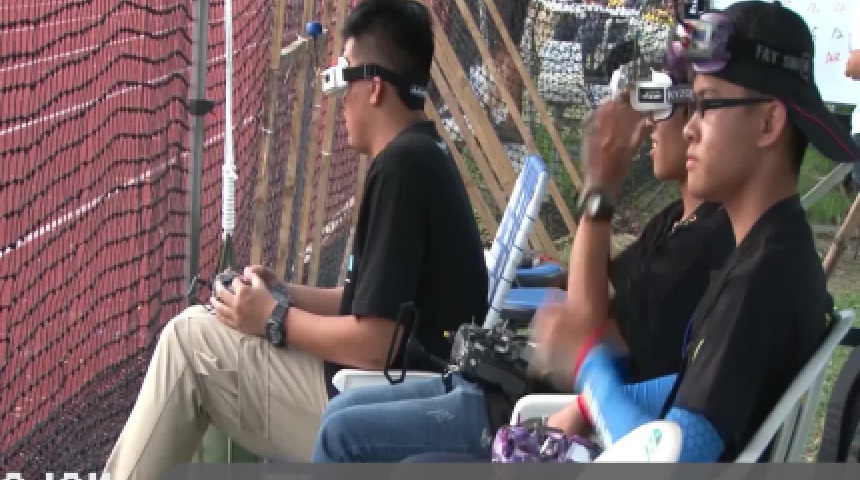美國海軍陸戰隊面對無人機群威脅,尋求更有效防禦方案

(Marine Corps)
近年來,無人機(drone)技術快速進步,不僅讓小型無人機價格降低,也讓「無人機群攻擊」成為全球軍事的新挑戰。美國海軍陸戰隊(US Marine Corps)近期公開表示,雖然部隊現有基本防空系統,但面對大量小型無人機同時進攻(即「無人機蜂群」),現有裝備難以應對,因此急需發展新型反制工具。
目前海軍陸戰隊主要依賴「中程攔截器」(Medium-Range Interceptor Capability, MRIC)與地面防空系統(如Stinger飛彈與MADIS車載防空系統),但這些武器設計初衷是防禦單一或少數目標,對應無人機群力有未逮。根據軍方高層,未來計畫引進高功率微波、雷射武器等新科技,同時強化電子戰與網路干擾能力,以「多層防禦」確保戰場安全。
2025年「環太平洋演習」(RIMPAC)與「Balikatan美菲聯合軍演」中,海軍陸戰隊將首次測試數款反無人機原型裝備,驗證實戰效能。軍事觀察家指出,無人機威脅不僅來自國家軍隊,恐怖組織與犯罪集團也日益採用類似技術,讓前線官兵面臨前所未見的新挑戰。
三個重要觀點
- 現有防空系統不足以應對無人機群攻擊
海軍陸戰隊坦承,面對「蜂群式無人機」現有Stinger與MADIS難以有效攔截。 - 軍方積極測試新科技反制方案
計畫引進雷射、高功率微波與電子戰裝備,打造多層防禦體系。 - 無人機威脅來自國家與非國家勢力
除了敵國軍隊,恐怖組織與犯罪集團也開始大量使用無人機,增加防禦壓力。
US Marines Seek New Tools to Counter Swarming Drone Threat
In recent years, drone technology has advanced rapidly, making small drones cheaper and enabling “drone swarm” attacks to emerge as a serious military threat worldwide. The US Marine Corps recently acknowledged that while its current air defense systems are adequate for single or small numbers of drones, they are insufficient against large-scale drone swarms. As a result, the Corps urgently seeks new counter-drone solutions.
Currently, the Marines rely primarily on the Medium-Range Interceptor Capability (MRIC) and ground-based air defense systems like Stinger missiles and the MADIS vehicle-mounted system. However, these weapons were designed to defend against single targets, and their effectiveness against drone swarms is limited. Senior officials have indicated plans to introduce high-power microwave systems, laser weapons, and enhanced electronic warfare capabilities to build a layered defense network.
During the 2025 RIMPAC and Balikatan joint exercises, the Marine Corps plans to field-test several prototype counter-drone systems to evaluate their combat effectiveness. Defense analysts warn that drone threats not only originate from state militaries but also from terrorist groups and criminal organizations, exposing frontline troops to unprecedented challenges.
3 Key Takeaways
- Current air defense systems can’t effectively stop drone swarms
The Marine Corps admits that Stingers and MADIS struggle against swarming drones. - Military is testing new high-tech countermeasures
Plans include lasers, high-power microwaves, and enhanced electronic warfare for layered defenses. - Drone threats come from states and non-state actors
Terrorist groups and criminals are increasingly adopting drone technology, raising defense concerns.




回應文章建議規則: